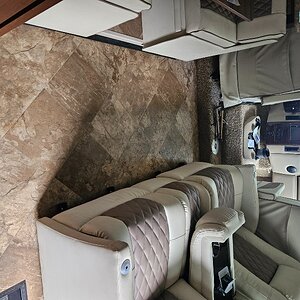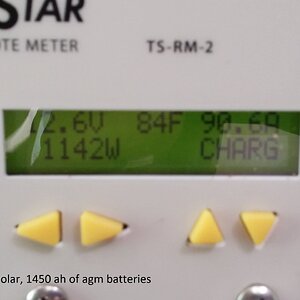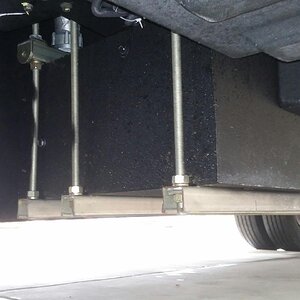Russellvh
RVF Supporter
- Joined
- Nov 18, 2021
- Messages
- 429
- Location
- Home based out of the Colony, Texas
- RV Year
- 2022
- RV Make
- Forest River
- RV Model
- Wildcat Fifth-wheel
- RV Length
- 36.5
- TOW/TOAD
- 2019 Ford F-250.
- Fulltimer
- Yes
2022 F.R. Wildcat 5th wheel.
Very new to RV life. At RV parks I hook up to 50 amp. Am I correct that I can get an adapter that will allow me to plug my RV into a house? If so, will that power my 12 v refrigerator and the 12 v lighting?
My brother in law has invited us to park in his drive for a visit. Won’t be cooking or anything like that just sleeping mostly. He lives in Iowa and I figure a spring visit so shouldn’t need ac.
Anything I should know if we do this?












